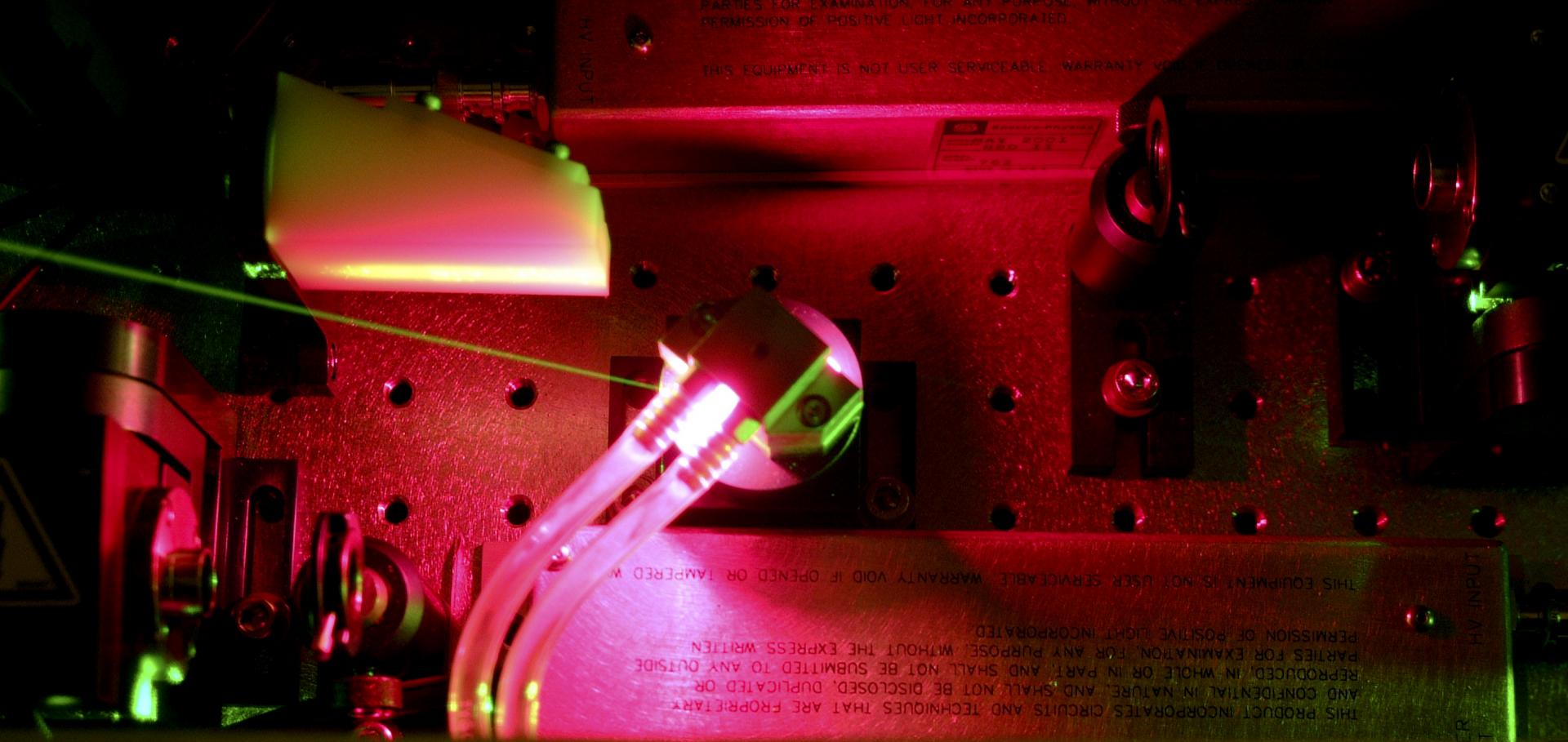Multi-GeV Wakefield Acceleration in a Plasma-Modulated Plasma Accelerator
(2023)
Resonant excitation of plasma waves in a plasma channel
(2023)
Demonstration of tunability of HOFI waveguides via start-to-end simulations
Physical Review Research American Physical Society 5:3 (2023) 33112
Abstract:
In recent years, hydrodynamic optical-field-ionized (HOFI) channels have emerged as a promising technique to create laser waveguides suitable for guiding tightly focused laser pulses in a plasma, as needed for laser-plasma accelerators. While experimental advances in HOFI channels continue to be made, the underlying mechanisms and the roles of the main parameters remain largely unexplored. In this paper, we propose a start-to-end simulation pipeline of the HOFI channel formation and the resulting laser guiding and use it to explore the underlying physics and the tunability of HOFI channels. This approach is benchmarked against experimental measurements. HOFI channels are shown to feature excellent guiding properties over a wide range of parameters, making them a promising and tunable waveguide option for laser-plasma accelerators.All-optical GeV electron bunch generation in a laser-plasma accelerator via truncated-channel injection
(2023)
Stability of the modulator in a plasma-modulated plasma accelerator
Physical Review E American Physical Society 108:1 (2023) 15204


